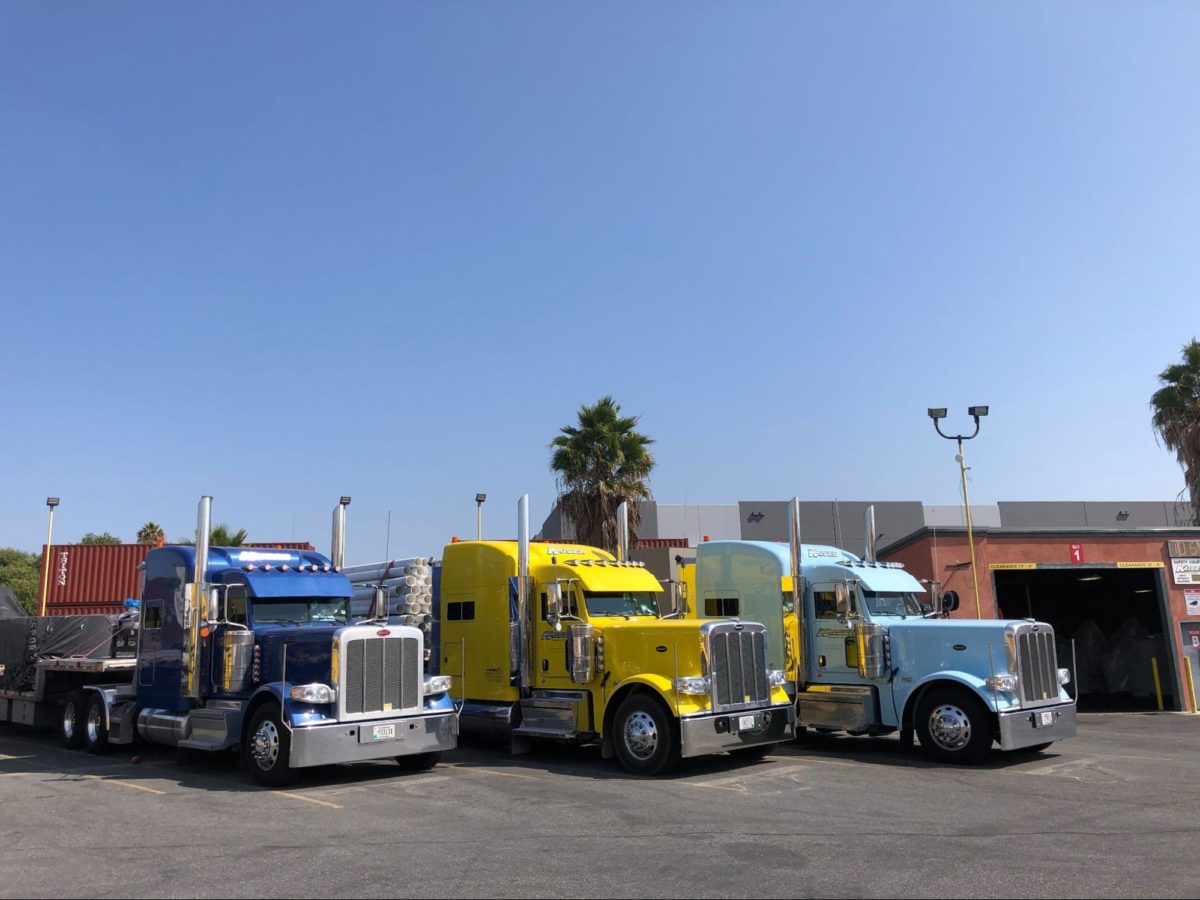The global freight trucking market is expecting to reach 2.7 trillion by the end of 2026. But, many people are confused by the different freight shipping options. You can choose between FTL or LTL freight shipping for all your needs.
But what exactly are the differences? This short guide will give you all you need to know about the differences between FTL and LTL shipping.
Company Freight
With the induction of online selling and shipping, there are many factors in play with shipping options. It’s important to familiarize yourself with the different shipping terms to aid in your shipment process.
Sellers need to understand the available shipping options to understand different ways of moving company freight. Two different options can help you move your goods cheaply and efficiently.
There are two effective options known as LTL and FTL. These two shipping methods can help reduce your cost and build your business plan.
LTL Freight Shipping
So, what exactly is LTL Freight Shipping? By definition, it represents less than truckload freight shipping. This means these vehicles are used for the transportation of smaller freight.
This covers freight that does not require the entirety of the storage space within a trailer. This is a shipping method that is utilized when freight weighs anywhere between 200-15,000lbs.
Under this method, when shipping LTO, all shippers pay for a portion of the standard truck trailer. This is the portion that their freight occupies. There are benefits to shipping with extraneous shippers filling vacant space.
Firstly, it can reduce the overall cost of the shipment itself. So, when you are booking under an LTL shipment, other benefits arise.
Under these conditions, you are only paying for a portion of said trailer. The other portion of the trailer is covered by the cost of the separate LTL shipment.
Another benefit of LTL shipment is decreasing security risks. The majority of LTL shipments are packaged onto pallets. This occurs before the shipment is placed onto an appropriate truck.
Through this process, you can ensure that the shipment is securely packaged. The other multiple smaller packages with it will also have that added security.
LTL Service Options
It’s important to know LTL freight shipping as an additional service option. Through this shipping method, you’ll have access to various helpful tools.
This can include lift gates as well as inside pickup and delivery. You can also depend on the relatively easy tracking of these shipments as well.
So, LTL carriers can offer visibility on the shipment through their online portal. This can reflect their bill of lading number or a Pro and/or reference number you can follow.
If, in a certain case, you need to locate a package among multiple packages. You can search a package as well via date or identification number.
So, LTL is a cost-effective way to ship, but it depends on several factors. You will need to understand what exactly you’re shipping and when it needs to be there.
The price will increase if the shipments are outside of common areas. You will also need to determine the weight and dimensions of the shipment to reduce cost. The freight class will determine the shipping rates.
These shipping rates will increase if you are handling items that require special treatment. This can include items like frozen perishables or anything requiring refrigeration.
One important thing to note about LTL qualifications is its limited access. What this means is the freight cannot reach complicated locations. This can include heightened elevations or
The shipping options for LTL are broken down into two categories: standard LTL and expedited LTL. Among these options, if necessary, expedited shipping will also add to the cost. Fill out the bill of lading and provide accurate measurements to avoid extra fees.
FTL Shipping
FTL or Full Truck Load is another dependable shipment method. The name is self-explanatory, as it covers the entirety of the shipment.
When it comes to FTL, the shipment method devotes the entirety of your truck to your goods and business. This means that the entirety of the cargo is devoted to your shipment and cargo.
This entails having your own private shipment, like a private jet transporting your goods. This includes a direct shipment rather than a cargo vehicle that is transporting goods to multiple locations.
So, with that said, you might possess a few pieces of cargo weighing in at under 15,000 lbs. With this equipment, it would be unwise to book FTL. It would be more storage space and cost for your project.
But, you might find interest in FTL to deliver larger loads and priority freight. The benefit, aside from this privatization of shipment, is the quick way of getting from one location to another. FTL is a safe option for those immediate direct deliveries.
Certain companies use an FTL option if they are weighing a large load for one company. If you’re shipping a large quantity to a specific store, this is a valid option.
A particular retailer may request a large immediate shipment. This might include a retailer requesting a large order being sent to their distribution center. If this is the case, you may want to load the entirety of the product to send to the distribution center.
LTL & FTL Shipping Options
Check-in with an advisor to give you shipping and expedited shipping quotes. It’s important to research these rates before committing to a shipping option for your goods. You may want to commit to an LTL freight shipment before dropping the money for an FTL shipment.
You want to make sure you’re getting a good deal, especially if you cannot do it in-house. Take the time to look into multiple carriers to see if you’re finding the right company. The right shipment is really up to your business preferences.
Follow our blog for more information on FTL & LTL Freight and shipment costs to help deliver your goods and services!

